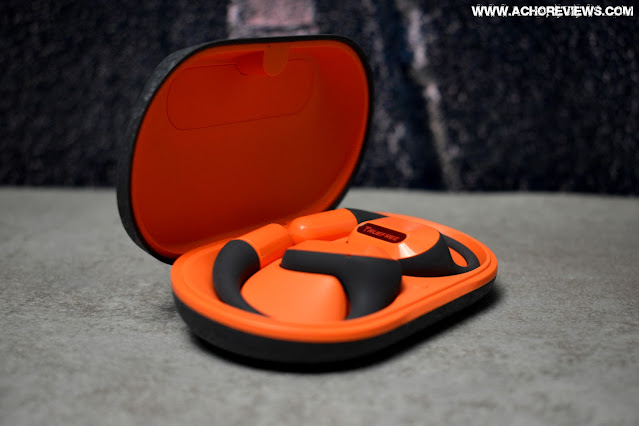FiR Audio Electron 10 & Electron 12
Last week I published the following on my blog (and YouTube) but due to being completely absorbed by a project (work) until today, I haven’t had time to upload this anywhere else. Better late than never I guess…
TLDR version on YouTube: TDLR - FiR Audio E10 & E12
Today I am looking at not one but two sets of FiR Audio IEMs. The Electron 10 and the Electron 12 have been sent to me as part of a tour organized by FiR Audio.
The conditions of the tour were that each participant would get to spend 5 business days with the IEMs and then pass them on to the next participant. There have been no specific requests, I don’t think that even a review was requested from participants, and as the time frame is rather short, I decided I would share my opinions on both sets at once and be a little briefer than my usual review format.
My usual set up is that I spend at least a week with each set of IEMs (or headphones etc.) in normal day to day use and then sit down and do specific detailed listening tests before putting my review together. While I can usually get a good feeling for a set of IEMs with a lot less time, I do find that my feelings towards something may change with day to day use, sometimes liking things more and other times liking them less.
In this case, I have basically been switching back and forth between the two sets for a few days and then done a more detailed listening test. Therefore, my opinions are based on this brief period and it is possible that my feelings would change if using them for a longer period.
As usual, here are a couple of non-affiliate links…
FiR Audio Electron 10 official page: e10 - Fir Audio
FiR Audio Electron 12 official page: e12 - Fir Audio
Thread where the tour was organized on Head-Fi: FiR Audio E10 & E12 Tour | Headphone Reviews and Discussion - Head-Fi.org
FiR Audio and the Electron IEMs…
For those who don’t know FiR Audio, I don’t blame you as I am not exactly versed on them either. I have seen the name around the forums and read a few positive impressions on some of their sets but that is about the limit of my knowledge.
The brand was actually founded in 2018 by 3 guys who had plenty of experience in the IEM world, having worked for 64 Audio. They have made no effort to hide that they aim at designing high end IEMs, along with some interesting products to help with the maintenance of IEMs.
The Electron series, comprising of the Electron 10 (E10) and Electron 12 (E12) are their cheaper options, coming in at just under $1300 and $1800 respectively. That is for the universal models, as they are also available, as are all their models, as custom fit models.
The E10 features a single 10mm dynamic driver with tactile bass technology and an impedance of 16 Ohms. The E12 follows the same specifications except for the use of a 12mm driver, as the name would imply.
Both models also use the ATOM venting technology along with Flex fit canals. Another interesting thing about them is that they use what FiR calls SwapX assembly and face plates. In the case of the faceplate, it is easily removable (held on with a magnet) and can be replaced by the user. For the SwapX assembly, it is related to the faceplate removal as, under the faceplate, there are 3 screws that allow the IEM to be opened and easily serviced (although I haven’t removed any screws for obvious reasons). This is a way of being able to repair the IEMs if the need should arise.
One thing about these IEMs is that they use simple 2 pin connectors rather than the proprietary RCX connector that FiR uses on other models. This is something that I am sure a lot of people will appreciate.
In general, the IEMs are well built and I find them very comfortable, although, with the shorter than usual nozzles, I do find myself needing to opt for a larger size of tips than usual. During my tests I used the large size of the included silicone tips (foams are also included). I did find that, with the E10, there was a bit of driver flex when inserting them upon getting a good seal but that is only upon insertion, I didn’t notice it with the E12.
Sound…
All tracks mentioned are clickable links that allow you to open the reference track in the streaming service of your choice (YouTube, Tidal, Qobuz, Spotify, etc.)
As I haven’t really done the extensive listening with the E10 and E12 that I usually do, I am going to abbreviate this section and just give my opinion on each with 5 specific songs, similar to what I have done with other models in the past when focusing on EQ options etc. I have picked these 5 songs from my test track list as I feel that they cover different styles and can show the strengths and weaknesses of an IEM pretty well.
I have also not had much chance to go through multiple sources with these IEMs, at least not in depth. I will say that they are very easy to drive, not needing much in the way of power from any of the sources I did use. Mainly I have used the iFi Gryphon (although I did spend some time with the Aune Yuki) and a setting of around 50 (depending on the track) was enough for my usual listening levels, with anything over 60 starting to be too loud for my personal preferences.
So, on to the music and starting off with something that focuses on the rumbling subbass and can make IEMs suffer, you can probably all guess that I am going to use “Chameleon” by Trentemoller.
Here the E10 is very clean, without any loss of control in the lowest notes. There is enough rumble for me to appreciate the track but I would say that it is more on the “polite” side than the “bassy” side. The rhythm is clean and the other sounds are all easily appreciated, without anything becoming muddy or lost.
With the E12 there is much more of a noticeable presence in the lower subbass, with a more pronounced rumble than on the E10. I wouldn’t go as far as to say it is a bass head rumble but you certainly get a feeling for what the track is about. The upper ranges are still present although it does seem to make the minds seem far more recessed on the larger set.
Moving on to something that I use to judge the midbass, “Crazy” by Daniella Andrade is a track that is quick to make me nauseaus when midbass is excessive and not well controlled. The low end of the guitar has a reverb that can become very boomy and make me want to stop listening almost immediately. Some sets of IEMs can also add sibilance and harshness to her vocals in the higher ranges, although this is not as common as the excessive boomyness.
The E10 does seem to put a bit of emphasis on that low end reverb yet it is kept clean and under control, saving me from the fatigue that I can quickly experience if things are kept tight when slightly elevated. There is a slight hint of sibilance to the vocals of Daniella, not terrible but noticeable. Harshness is not really an issue, although her voice can seem a little thin on occasions. I will say that the details are pretty impressive and are not drowned out by that midbass, even though it is boosted.
The E12 seems to have a very similar presentation in the midbass, maybe even a little more subdued to my ears, mainly because of the upper mids and higher ranges being much more pronounced. Here I really do notice a harshness and sharpness to the vocals, with the 2.5kHz and especially the 5kHz peaks making the track rather uncomfortable for me.
Now using something to focus more on vocals, layering and detail, I like “Strange Fruit”, due to the multiple layers of vocals with small nuances that can easily blend together.
I again find, as with “Crazy”, that with the E10 vocals can be slightly thin and with a hint of sibilance. There is decent separation between the vocal layers but I don’t find them to have as much body as I would like. The dip in the midrange takes away some of the lower warmth of Dominique’s voice, leaving it to be a little more focused on the the higher ranges and a specific boost in the 5kHz that I can’t say I am a huge fan of.
With “Strange Fruit” on the E12, details are easier to appreciate but once again, those upper peaks make the focus of the vocals rather harsh and uncomfortable. Separation between the layers is better but the overall presentation of the track isn’t.
Still focusing on spaciousness but more about the separation of instruments and their placement in the whole soundstage, rather than the spacing between layers on the previous track, I find “La Luna” to be a nice binaural recording that gives me a sensation of how the soundstage is actually laid out.
In the case of the E10, I find that instruments are nicely placed, mostly where I would expect them to be after listening to this track on so many different systems. I wouldn’t say that the soundstage is huge but it is larger than what I find to be average on IEMs, with a decent separation, easily portraying the location of the individual instruments.
Moving over to the E12, there is an even larger sensation of space than with the E10. Instruments have the same positioning as on the smaller set but spread out a little more, not a huge amount but certainly noticeable.
Finally, something a little more upbeat and pop, “Get Lucky” by Daft Punk featuring Pharrell Williams and Nile Rodgers. This track is a typical modern recording of a pop track that doesn’t really suffer from being overly compressed, like many other modern recordings do.
With the E10, the first thing I noticed was how the midbass is punchy and much more pronounced that I found it to be on the other tracks I have mentioned so far. Again I find that the dip in the midrange takes away a little body from the vocals, while being pushed forwards by the peaks in the upper minds and treble regions. As I have said many times in the past, I am sensitive to 5kHz peaks and with this track, I found that the E10’s peak in that range was much more pronounced than with other simpler acoustic tracks. In fact, I found the upper ranges to be quite peaky and uneven in general with this track (and other similar recordings).
Playing the same song with the E12, there is more impact to the lower registers, still being punchy but with more emphasis. The problem here is that the issues noticed on the E10 are exaggerated on the E12. There is a definite dip in the centre but the upper peaks are very noticeable to my ears, most of all the 5kHz. Of course, being sensitive to 5k, it is normal that it would stand out to me but I just find that it even makes the track seem a little distorted in the higher regions. It is not actually distorted, it is just my ears (and brain) not being able to process it correctly and giving me that harsh sensation that could even be painful with tracks that are boosted in these regions.
And I just realized that I haven’t shared the graph, so before moving on to the conclusion, here it is:
This will give you an idea of the peaks I was referring to.
Conclusion…
I can’t really say that I am in love with either of the two models. Personally I would choose the Electron 10 over the Electron 12, as I find that the E12 can become a lat harsher than the E10 in those upper ranges. To be honest, the peaks are very similar on both of them but the more pronounced dip in the midrange makes the peaks far more apparent to my ear on the E12.
The E12 does have better subbass, well, maybe better is not the correct term as both have decent subbass, it is just a little more present on the E12, but the upper peaks make the focus move towards the higher end and it actually comes across as having less midbass.
Detail wise they are both good, not groundbreaking but good nonetheless, and the spaciousness of the presentations is also very good, I just can’t get on with the overall tuning of these two sets of IEMs.
I would love to get my ears on one of their other sets at some point to see if the tuning choices are a brand thing or just this particular line of IEMs.
__
For those who speak español, this can be found in Spanish both on my blog (www.achoreviews.com) and YouTube (www.youtube.com/achoreviews)
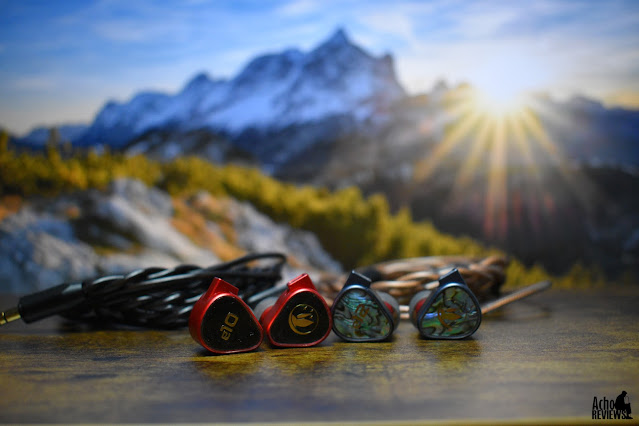
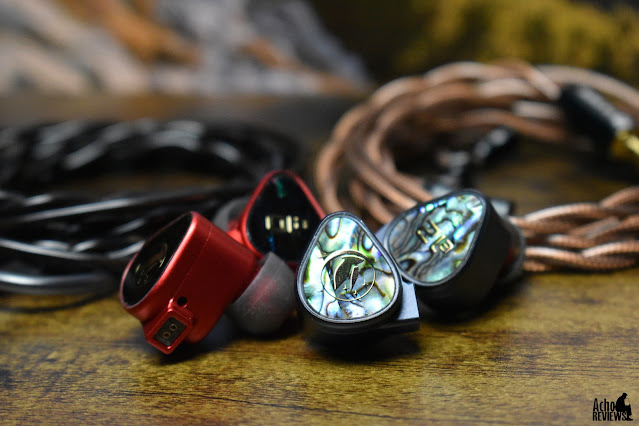
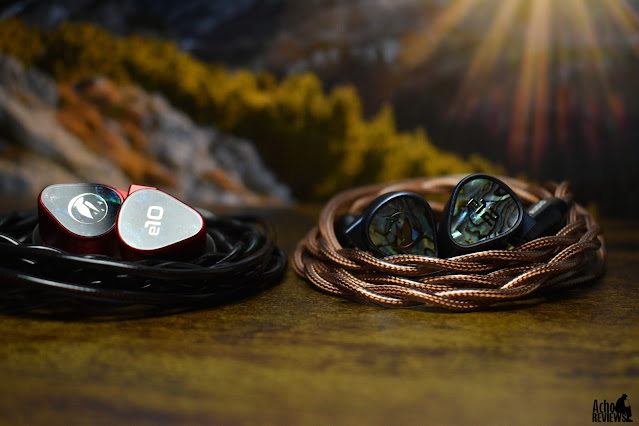
.png)
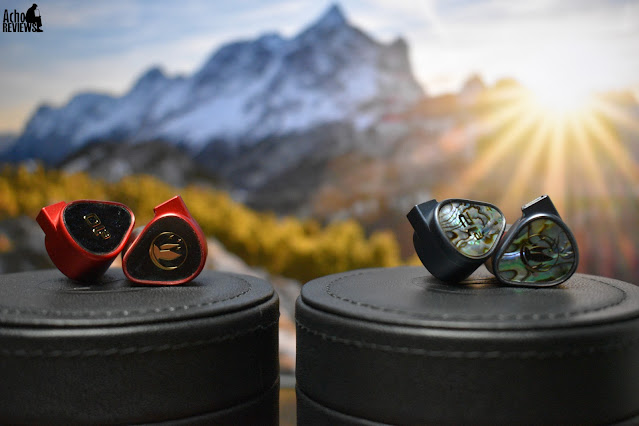
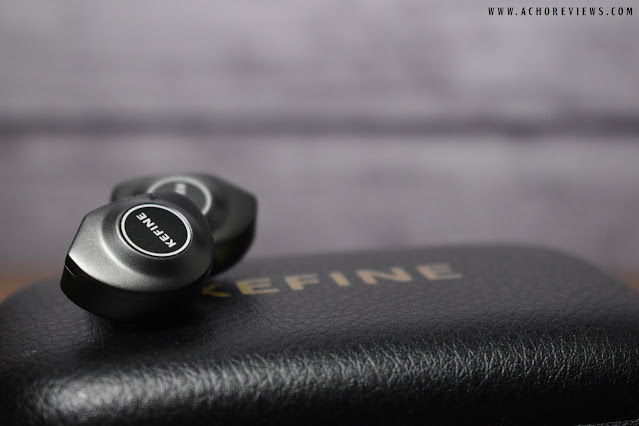
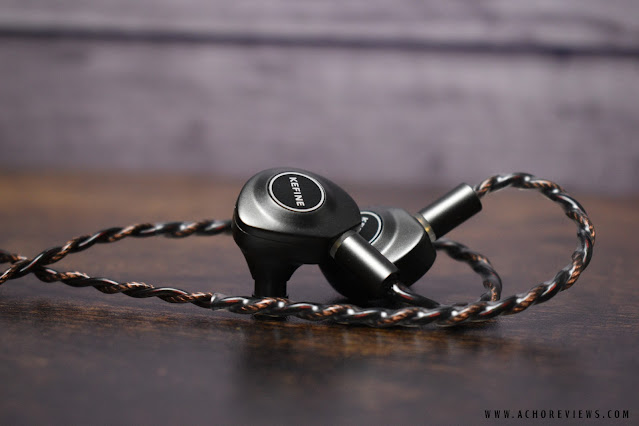
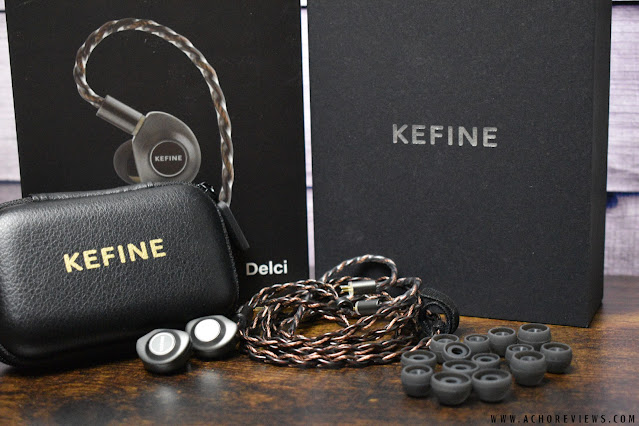
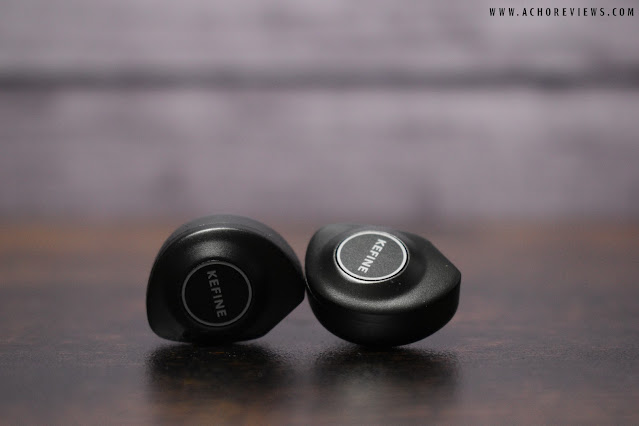
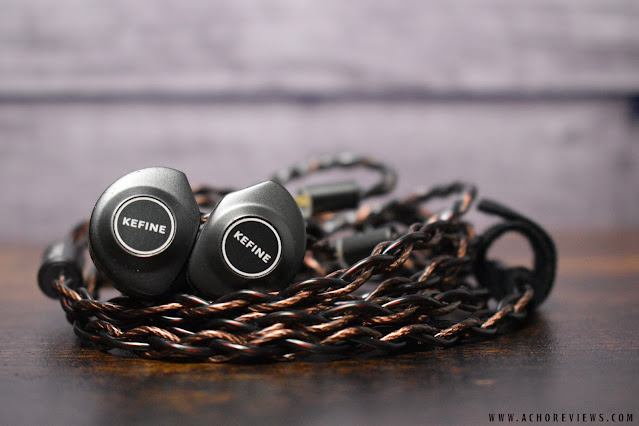
.png)
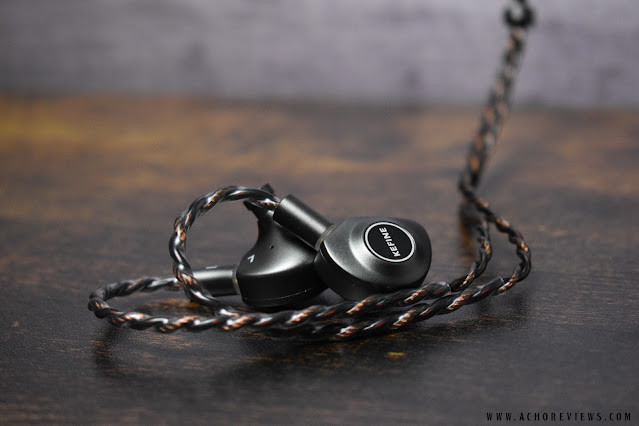
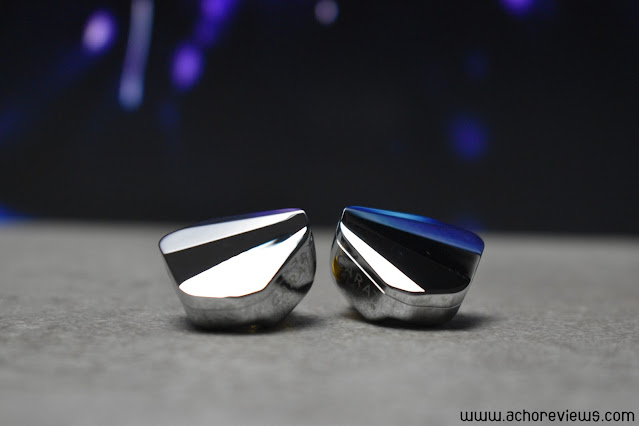
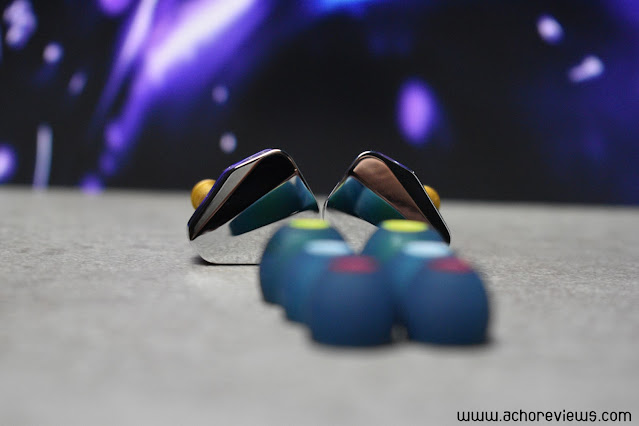
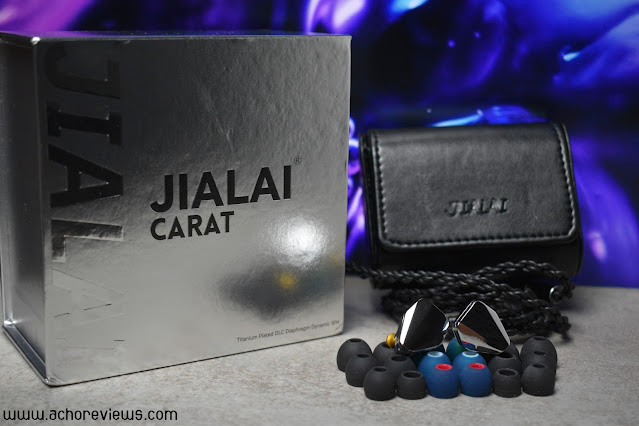
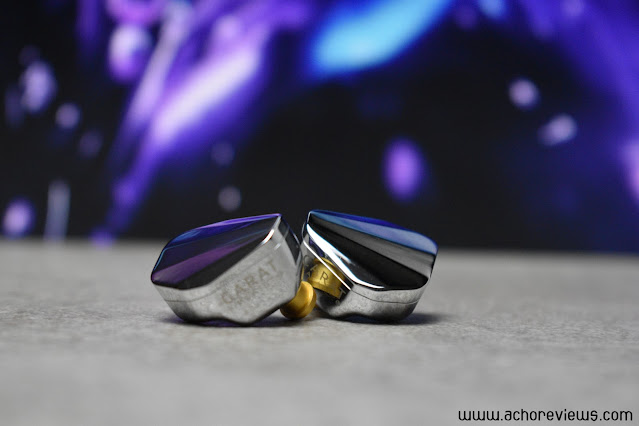
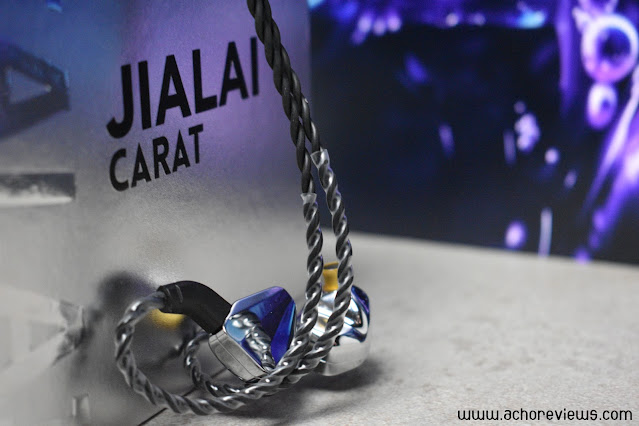
.png)
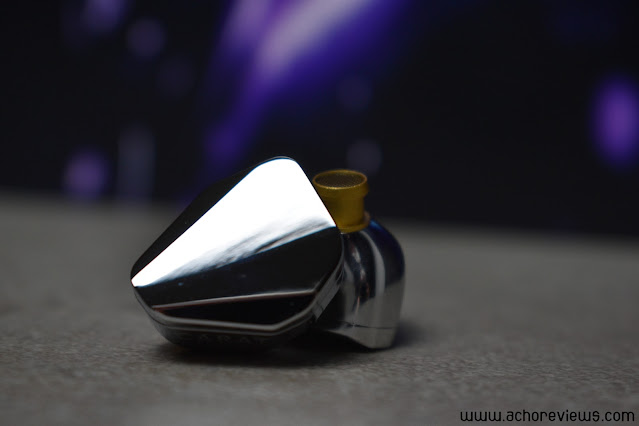




.png)




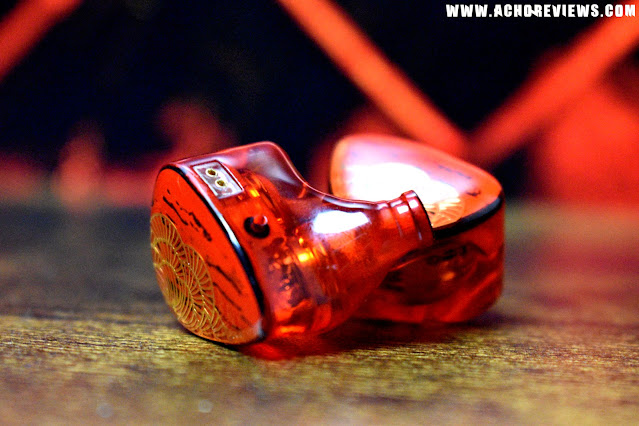







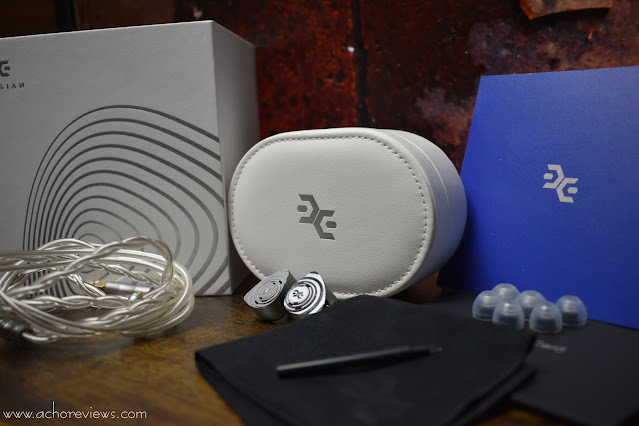


.png)






.png)






.png)
.png)





.png)








.png)






.png)






.png)






.png)







